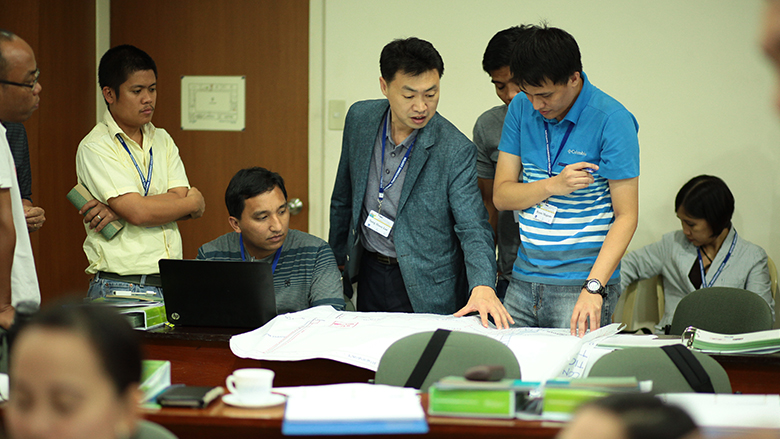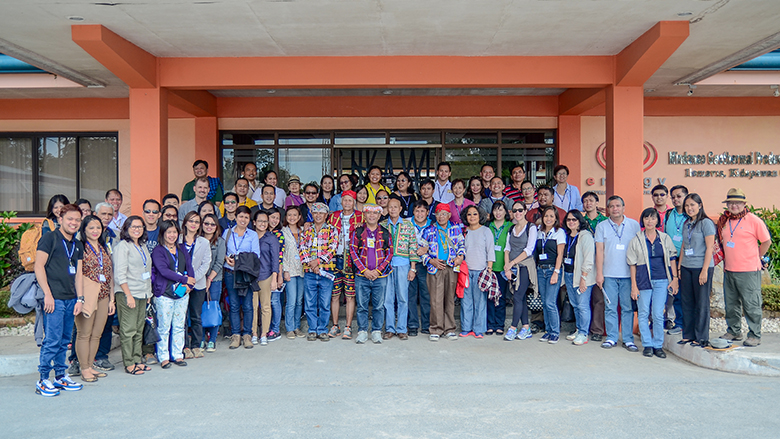East Asia Pacific will need invest about US$1.1 trillion per year in infrastructure by 2030 if the region is to maintain it economic growth, eradicate poverty, and respond to climate change. This includes the Philippines’ US$180 billion “Build, Build, Build” program involving 75 key projects: airports, railways, bus systems, roads and bridges, seaports, energy facilities, and water and flood-control projects.
Concepción Álvarez-Alcántara realized that in her role as Assistant Building Official for Cagayan de Oro City (CDO) in the Philippines she needed to know more about environmental and social sustainability. She became one of the first people to participate in training at the Philippine Learning Center for Environment and Social Sustainability (PHILCESS), launched with support from the WBASP trust fund.
“I have applied the knowledge I learned from PHILCESS training programs in many ways,” said Ms. Álvarez-Alcántara. This included developing an Owner’s Manual of Construction incorporating what she learned from the PHILCESS training on Environmental and Social Management of Construction, especially what she learned about waste management at construction sites, as well as an Annual Building Inspection Manual, which details owner expectations for maintaining their buildings.
A Learning Center with Big Social Return
Launched in 2014 at the University of the Philippines (UP), the PHILCESS has trained over 1,400 participants like Ms. Álvarez-Alcántara in various aspects of E&S assessment and management.
“The [PHILCESS] training on Involuntary Resettlement provided me with understanding of resettlement issues,” said Ms. Álvarez-Alcántara. “The city government now promotes a ‘no demolition without resettlement’ policy and demands budget for resettlement from the concerned national agency. We also conduct stakeholder engagement before demolition."
In 2018, PHILCESS formally became part of the University of the Philippines (UP), receiving an annual budget and office space to cover its operating expenses. This is a significant milestone, putting PHILCESS well on a path to financial sustainability. The tuition-based model of PHILCESS, where participants pay for attending its course offerings, is also a main contributor to its sustainability.
“With little money invested, the Learning Center has a big development impact. Building here in the Philippines, at times, requires the resettlement of persons affected by the projects and disruption of their way of life. PHILCESS runs focused courses which train relevant government and privates sector professionals to understand these issues and restore people’s lives. This is a big social gain, and the Learning Center is at the heart of it,” said Gerardo F. Parco, Senior Environmental Engineer at the World Bank and WBASP lead in the Philippines.


